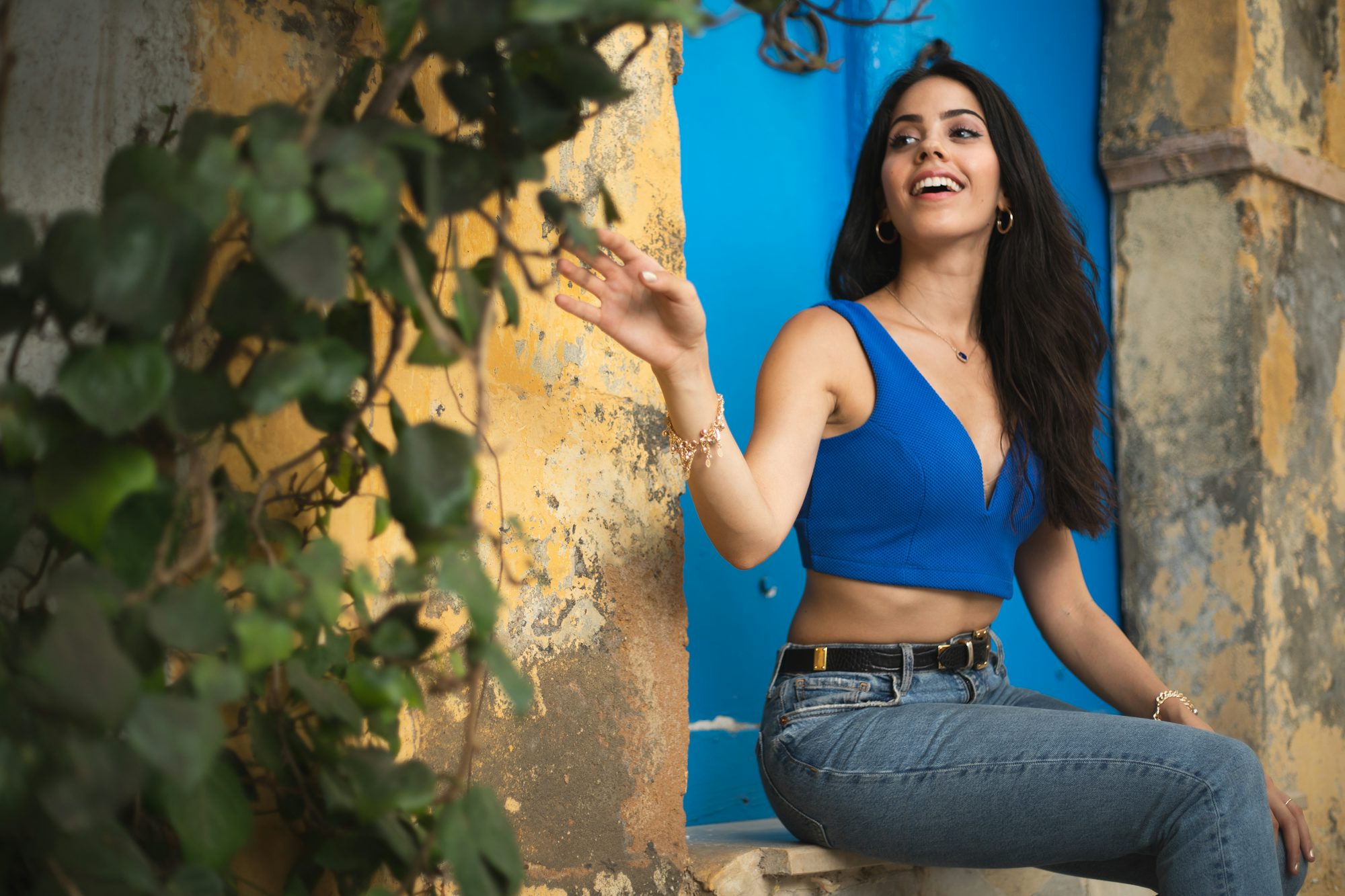
Sustainable fashion is defined by its commitment to ethical practices, which often include eco-friendly materials, fair labor conditions, and a focus on reducing waste. This movement is gaining traction as brands and designers seek to align with consumers' values. The beauty of sustainable fashion lies in its ability to offer stylish choices that do not compromise the planet. By choosing eco-friendly fabrics like organic cotton, bamboo, and recycled materials, designers create pieces that are not only chic but also kind to the environment.
One of the most significant shifts in sustainable fashion is the rise of casual wear made from eco-conscious materials. Brands are now producing comfortable, stylish clothing that is perfect for everyday activities. Think of organic cotton t-shirts, recycled polyester hoodies, and biodegradable sneakers. Casual wear’s emphasis on comfort and practicality makes it an ideal candidate for sustainable practices. In terms of beauty, this style promotes a natural look that complements the relaxed vibe of eco-friendly clothing. Light, breathable makeup, combined with tousled hair or natural textures, enhances the effortless style that casual sustainable fashion embodies.
As we explore more formal options within sustainable fashion, we find elegant and sophisticated attire that embodies ethical practices. Formal wear brands are increasingly designing dresses and suits using sustainable materials such as silk alternatives made from hemp or linen. These fabrics not only look luxurious but also reflect a commitment to environmental sustainability. The beauty associated with formal sustainable fashion often highlights refined elegance, with makeup that enhances natural features and hairstyles that maintain an air of sophistication. This combination showcases that glamour and eco-consciousness can coexist beautifully.
Streetwear, known for its urban edge and comfortable aesthetics, is also embracing sustainability. This category, characterized by graphic tees, oversized silhouettes, and vibrant colors, is increasingly incorporating recycled materials and ethical production methods. The beauty in sustainable streetwear is its celebration of individuality through unique designs that tell a story. Makeup in this context can be bold and expressive, often featuring bright colors and artistic patterns. Hair may be styled in an edgy manner, reflecting the wearer's personality. The combination of streetwear and sustainability fosters a creative space where fashion becomes a platform for self-expression and environmental awareness.
Bohemian fashion, synonymous with a free-spirited lifestyle, naturally aligns with sustainable practices. The boho aesthetic celebrates natural fabrics, handmade pieces, and an eclectic mix of styles that resonate with the values of sustainability. Flowing maxi dresses, peasant blouses, and artisanal accessories often come from ethical brands that prioritize eco-friendly materials. The beauty of bohemian fashion, when intertwined with sustainability, encourages a relaxed and organic look. Makeup is often minimal, highlighting natural beauty, while hair may be adorned with flowers or kept loose and flowing. This effortless style reinforces the idea that beauty can be both authentic and environmentally friendly.
Vintage fashion has long been a source of inspiration, but its sustainable twist is gaining momentum as consumers seek unique pieces with a story. By opting for vintage clothing, individuals not only reduce waste but also embrace the charm of past styles. The beauty of vintage fashion lies in its diversity, allowing for endless combinations of colors, patterns, and textures. Makeup can be tailored to reflect the era of the chosen vintage piece, creating a cohesive and nostalgic look. This fusion of past and present highlights the notion that sustainability can be stylish and timeless.
Gothic fashion, often associated with dark aesthetics, is also making strides toward sustainability. Many brands in this niche are producing clothing using organic cotton, recycled materials, and ethical production practices. The beauty of sustainable gothic fashion encourages bold expressions through deep colors, dramatic makeup, and unique hairstyles. Accessories, such as handcrafted jewelry made from sustainable materials, further enhance the gothic aesthetic while promoting eco-conscious choices. This blend of sustainability and individuality showcases that every fashion style can contribute positively to the environment.
Preppy fashion, characterized by its clean-cut and polished look, is increasingly incorporating sustainable practices. Brands are producing classic pieces like tailored blazers and chinos using organic or recycled materials. The beauty of preppy sustainable fashion emphasizes refinement and simplicity, often featuring soft, natural makeup and neatly styled hair. Accessories, such as eco-friendly leather handbags or sustainably made shoes, complete the polished look while reinforcing the importance of ethical choices in fashion.
Minimalist fashion, with its focus on simplicity and functionality, aligns seamlessly with sustainability. This style promotes the idea of quality over quantity, encouraging individuals to invest in timeless pieces made from eco-friendly materials. The beauty of minimalist fashion lies in its ability to create a serene and clean aesthetic. Makeup is often understated, emphasizing natural beauty, while hairstyles are sleek and uncomplicated. This approach to beauty complements the minimalist ethos, reinforcing that less can indeed be more when it comes to both fashion and personal style.
High fashion is not left out of the sustainable conversation. Many luxury brands are now adopting ethical practices, using sustainable materials, and focusing on transparency in their supply chains. High fashion pieces, often regarded as works of art, can now also reflect a commitment to the planet. The beauty associated with sustainable high fashion is bold and avant-garde, featuring innovative designs that push the boundaries of creativity while maintaining ecological consciousness. Dramatic makeup and intricate hairstyles can elevate the overall look, creating a visual spectacle that marries luxury with responsibility.
In conclusion, sustainable fashion is not merely a trend; it represents a significant shift in how we view beauty and style. As consumers become more aware of their choices, the fashion industry is evolving to meet the demand for eco-friendly practices. Each fashion category, from casual to high fashion, offers unique opportunities to embrace sustainability while celebrating personal expression. By choosing sustainable styles, we contribute to a brighter future for our planet and redefine beauty standards in a way that honors both individuality and ecological responsibility.